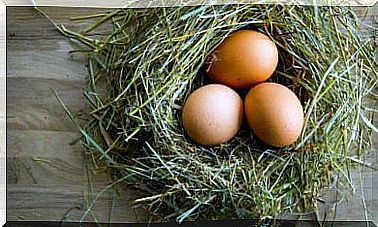Let’s Get To Know The Various Types Of Clams Together
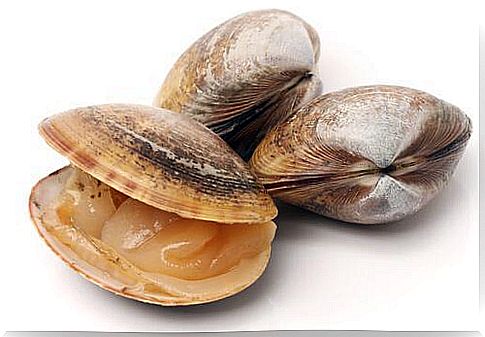
Clams are small bivalve molluscs that live under the sand of the seas or in the mud of rivers. The flavor and texture make these seafood very popular in international gastronomy.
Spain stands out for the types of clams present in its territory and for the excellence in their preparation.
Below, here are the clams found in Spanish territory. Furthermore, we will tell you how to recognize and differentiate them easily.
What types of clams are there in Spain?
Along the Spanish coast, the following types of clams are found:
- Venerupis corrugata (babosa)
- Vongola verace (fine)
- Clam rubia
- Filipino true clam
The first three are originally from Spain. The Filipino one, on the other hand, has adapted very well to Iberian waters.
Venerupis corrugata
Venerupis corrugata, known as babosa, has an elongated shape and its colors vary between gray, brown and cream.
To distinguish it from other clams, its siphons must be checked, which must be joined in all its longitude.
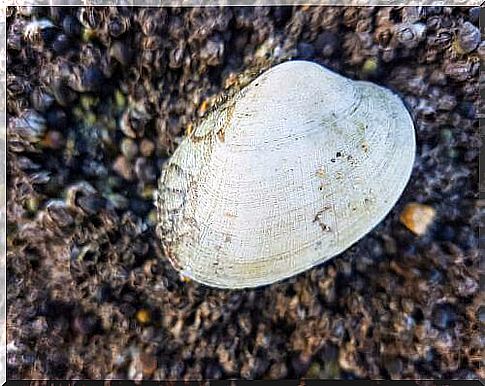
Siphons are small tubular structures through which water flows from the body of clams.
These seafood, thanks to these structures, can move, breathe, reproduce and feed in their natural habitat.
When the clam opens its shell, its siphons can be observed gently showing themselves.
It is also possible to see if its shell has some concentric lines that are less marked than the clams. Also, the corrugated Venerupis has no radial lines in its valve.
As for cooking, babosa is not as popular as fine and is cheaper. This is not due to its consistency or its flavor, which are very satisfying. The reason why it is not used in recipes is that it lasts a short time out of the water, so it is more delicate.
Vongola verace (fine)
The Ruditapes Decussatus species , popularly called fina, is found in the intertidal zone of Spain. To develop properly, between 15 and 30 cm of sand from these regions is buried.
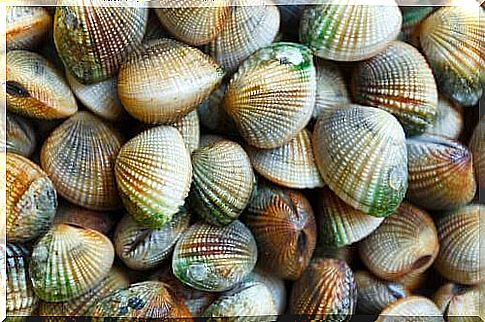
The shell of these clams shows uniform colors, which vary between white and brown depending on the type of sand in which they live.
It has concentric and radial lines that form a squared pattern typical of this species. Furthermore, another aspect that allows us to differentiate it are the long siphons that are well separated from each other.
The vongola verace (fine) is the most valued and the most appreciated in international gastronomy.
Besides its excellent texture and delicious flavor, it is very hardy and can survive for many hours out of water.
Clam rubia
The Venerupis rhomboideus stands for the colors purple or reddish of the valve. Its shell is noticeably smoother and shinier than the aforementioned clams.
Also in this we observe some zigzag-shaped designs that distinguish this species.
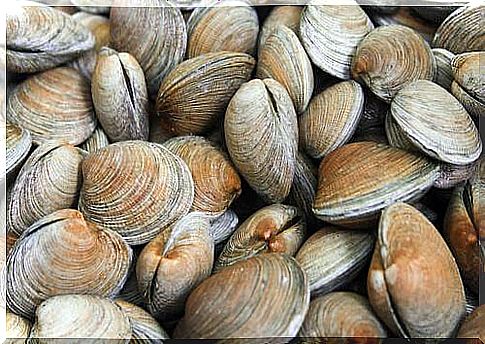
In cooking, this variety is less popular than the fine and babosa variety, so its price is relatively cheap.
Despite this, its intense flavor is highly appreciated for the preparation of stews.
Filipino true clam
The Ruditapes philippinarum species is popularly known as the Filipino true clam. Its valve has shades that vary between gray, beige, brown and black depending on the place where it is born.
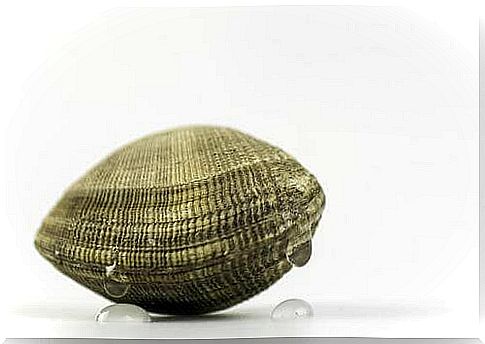
Like the fine clam, it has concentric and radial lines in its shell, which form a very characteristic quadrellature.
To differentiate it, the lines are noticeably more pronounced in the Filipino true clam. Furthermore, its siphons only join up to half of its longitude.
This type of clam is not native to Spain, but it has adapted to this territory. Its rapid growth and adaptability have attracted the attention of professional breeders. For this reason, today there are various Philippine clam farms, especially in Galicia.
In gastronomy, this clam is used for the preparation of pasta with seafood or in stews along with other types of fish.
However, its market value is considerably less than that of fina and babosa.







